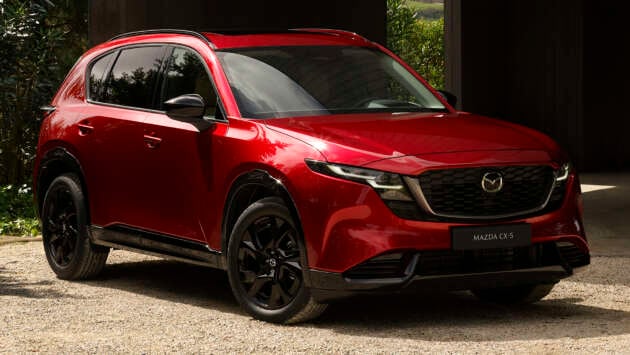
Mazda recently revealed the third-generation CX-5, which brings with it some notable changes from the outgoing model. New exterior aside, the interior of the C-segment SUV has been overhauled and comes with a lot fewer physical controls than before – even the rotary selector dial is gone.
This is thanks to the large touchscreen on the dashboard that integrates many of the vehicle’s functions, including for the air-conditioning and media systems. As such, drivers will have to interface with the touchscreen to access these controls, so why have they done this?
According to Motor1, which spoke with Tamara Mlynarczyk, manager of public affairs for Mazda North American Operations, the decision to get rid of most traditional controls was based on an internal study showing customers prefer a large infotainment system.

“Based on customer feedback, we developed a new human-machine interface (HMI) that prioritises ease of use while maintaining Mazda’s safe driving philosophy. The new CX-5 changes from a commander to a touchscreen centre display, which is the most suitable means to minimise the ‘hands’ away from the steering wheel while implementing: advanced voice recognition allowing the driver to operate vehicle functions like the air conditioning audio, and navigation systems, as well as human-centric steering wheel switches allowing the driver to operate the controls without placing a burden on human attention resources,” said Mlynarczyk.
Mazda had a different stance on touchscreens many years ago when it revealed the fourth-generation Mazda 3 back in 2019. At the time, the sedan/hatchback’s infotainment screen did not come with touch functionality and users had to rely on the rotary dial to go through the menus. Evidently the company has had a change of heart.
The CX-5 isn’t the first Mazda to embrace a large touchscreen, as this was also seen in the 6e that is also known as the EZ-6 in China. That electric vehicle (EV) was developed in partnership with Changan, whereas the all-new CX-5 is its own making as a global model. It remains to see if this trend will continue with the Japanese brand’s future models.
Looking to sell your car? Sell it with Carro.




